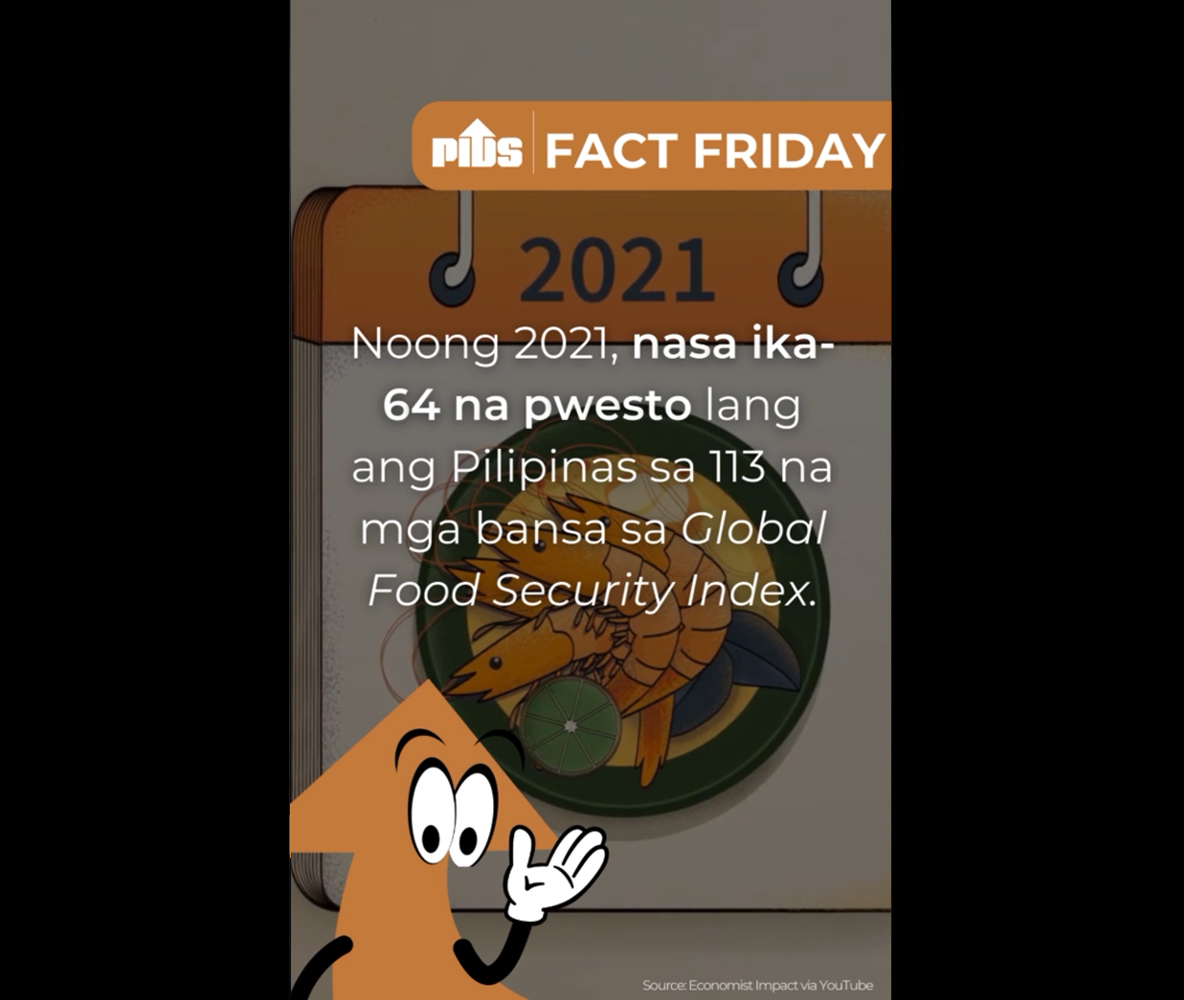HONG KONG – Supply to members given priority as rising rice prices send inflation soaring.
Agricultural ministers of the Association of Southeast Asian Nations have given priority to food supply to member countries and weighing price caps as soaring global rice prices have sent inflation soaring.
With rice considered a staple across the region, ASEAN members comprise both key rice exporters of Thailand and Vietnam and top rice importers Indonesia, Malaysia and the Philippines.
“We discussed the issue of food security; for example, if there is a shortage among ASEAN countries, we hope that other ASEAN countries can quickly step in to provide support,” Malaysian Agriculture and Food Security Minister Mohamad Sabu said in an interview with Bernama, Malaysia’s national news agency, on the sidelines of the 45th ASEAN Ministers of Agriculture and Forestry, or AMAF, meeting held in Kuala Lumpur last week.
Mohamad said both the Thai and Vietnamese agriculture ministers had assured him that they would give priority to ASEAN members in their rice shipments. This is welcome news not only to Malaysia but to Indonesia and the Philippines as well because they are battling inflation. Malaysia’s inflation rose by 4.5 percent while Indonesian consumer prices increased by 2.28 percent last month.
ASEAN ministers also convened a meeting with agriculture ministers of China, Japan and South Korea during the AMAF. In a joint news statement issued after the meeting, the ASEAN ministers commended China, Japan and South Korea for their combined contribution of more than 10,000 tons of rice to beef up the ASEAN Plus Three Emergency Rice Reserve.
The AMAF meeting was held at a time when global rice prices are hitting record highs on the back of India’s export restrictions and the drought in most rice-growing areas. The United Nations Food and Agriculture Organization’s all-rice price index rose 27.8 percent from last year.
In the Philippines, the world’s top rice importer, inflation rose 6.1 percent last month. Despite the price cap imposed on Sept 1, retail prices of milled rice hit over 43 pesos a kilogram in August, or nearly 10 percent higher than the previous year. Bangko Sentral ng Pilipinas, the country’s central bank, said it is ready to resume policy tightening measures to combat inflation.
Hoarders blamed
According to data from the Department of Agriculture, the Philippine rice supply at the end of September was equivalent to 52 days of consumption and is likely to increase to a 74-day stock by October as the local harvest season sets in.
Roehlano Briones, a senior research fellow at the Philippine Institute for Development Studies, told China Daily: “(Rice) imports account for about 20 percent of domestic consumption. And (the amount of imported rice) has been severely cut because of the very high prices. I do not share the optimism about the prices simply as a result of the (onset of the local) harvest season.”
Indonesia, ASEAN’s biggest economy and most populous country, is set to import 2.3 million tons of rice. Arief Prasetyo Adi, acting minister of agriculture, said in an interview with Reuters that Indonesia is looking to import 1 million tons from China.
Tauhid Ahmad, director of the Jakarta-based Institute for Development of Economics and Finance, said: “The growth of rice production (in Indonesia) will continue to decline, while rice consumption will be much higher than production. Fertile land areas for rice growing in (the island of) Java have been decreasing too fast, and this causes rice productivity to decrease on a national scale.”
Leonardus Jegho in Jakarta and Emman Yabut in Manila contributed to this story.











